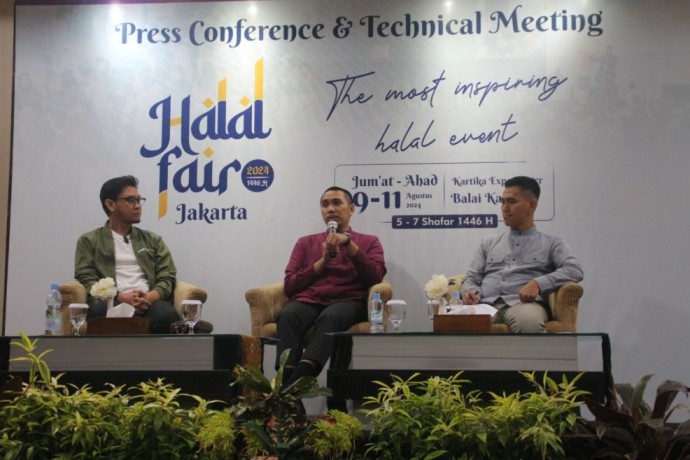Saudi Arabia launches program on hajj ihram cloth recycling

The program to recycle the ihram cloths was initiated during the 1443 Hijri/2022 hajj, aiming at getting back benefits of these worship attires, instead of just throwing them away carelessly.
Jakarta (Indonesia Window) – During the hajj season, pilgrims are required to wear ihram clothes.
Women wear loose ihram robes that cover their whole bodies, so that daily outfits can be used as ihram cloths.
Unlike a woman’s ihram cloth, that for a man includes two pieces of white cloths that are not allowed to be sewn, without buttons, stitches, or hems. The cloth for the upper part of the body, called ridha, is put on to cover the shoulder, with the right shoulder left open while performing tawaf (circumambulating the Kaaba seven times).
Meanwhile, the other cloth known as izar, is worn around the waist and covers the area between the navel and the legs.
While wearing ihram cloths, male worshipers are not allowed to wear underwear, socks, or hats, with footwear that does not cover the ankles.
After performing the hajj, some pilgrims will bring home their ihram cloths, making them mementos from the Holy Land, while a number of other worshipers left their ihram cloths at the inns, hoping that someone else would take and use them for worship.
Recently, Saudi Arabia’s National Waste Management Center stated that it recycles the ihram clothes of pilgrims after the annual worship season is over.
The program to recycle the ihram cloths was initiated during the 1443 Hijri/2022 hajj, aiming at getting back the benefits of these worship attires, instead of just throwing them away carelessly.
The center explained that the ihram recycling program was supported by worshipers who voluntarily handed over their ihram cloths after completing the rituals to the center’s staff members.
In order to maximize the recycling activities, the workers also collect ihram cloths left by pilgrims in their tents or inns at the end of the hajj season.
After collecting the cloths, the workers sort them out, sterilize them, wash and put them in a transparent bag for each. Meanwhile, the wrecked ihram cloths are repaired so that the can be reused.
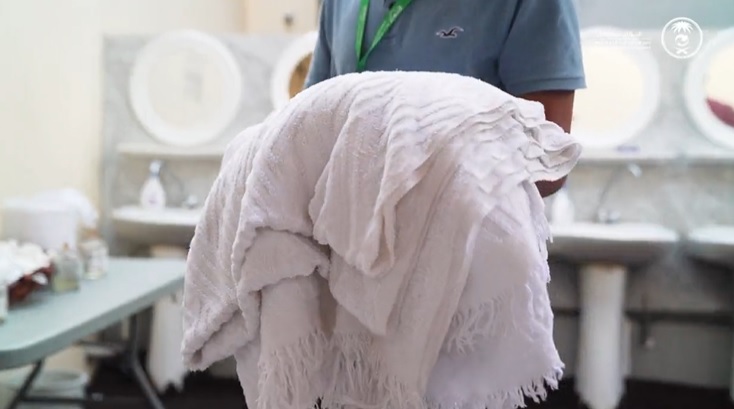
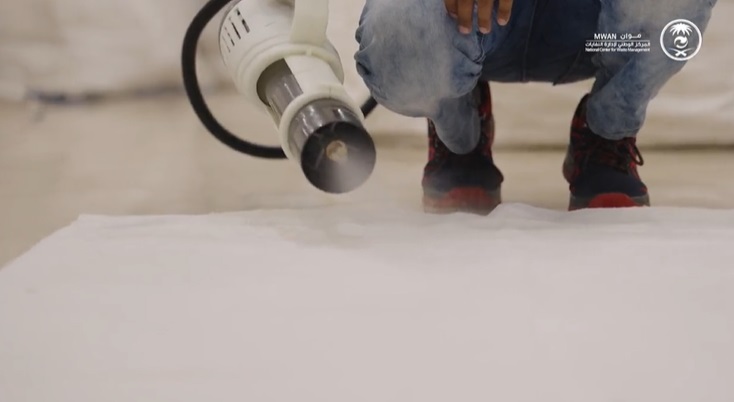
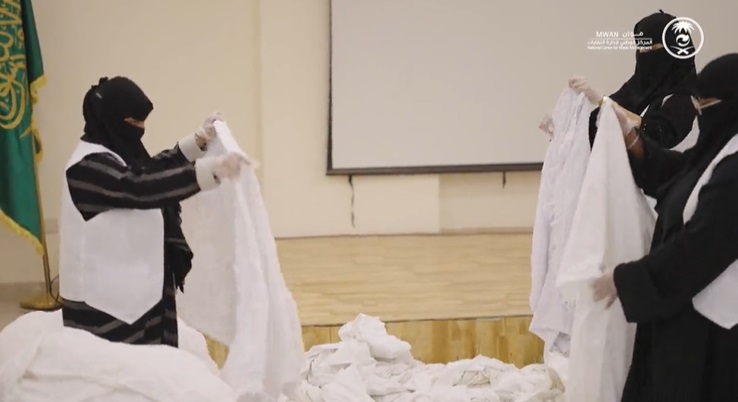
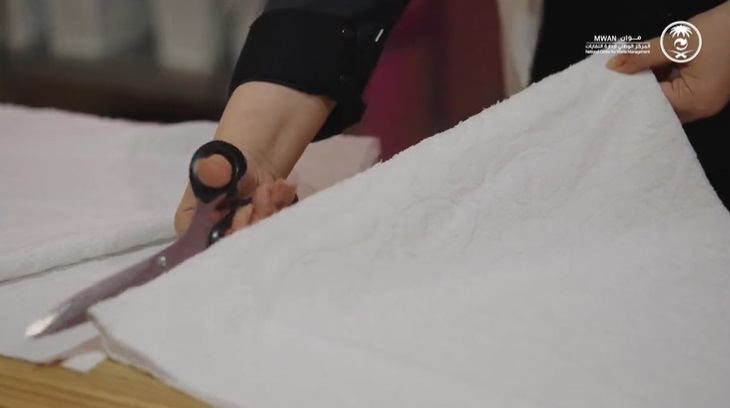
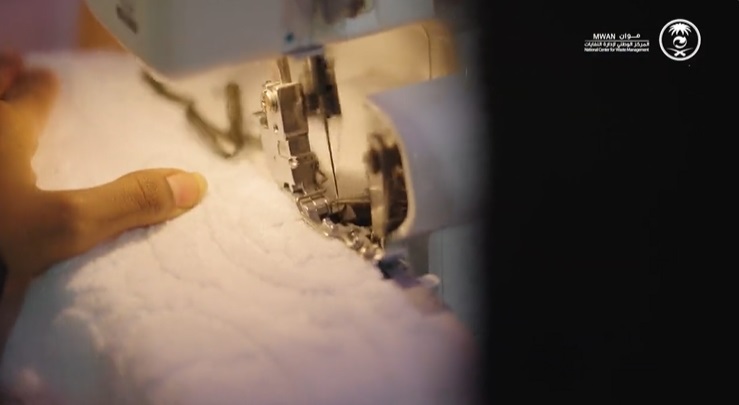
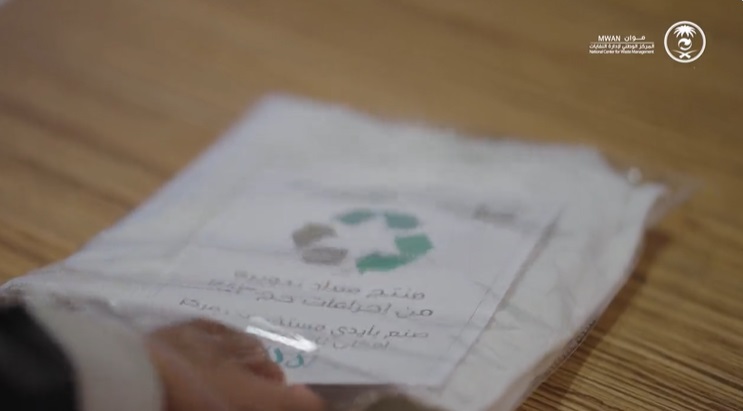
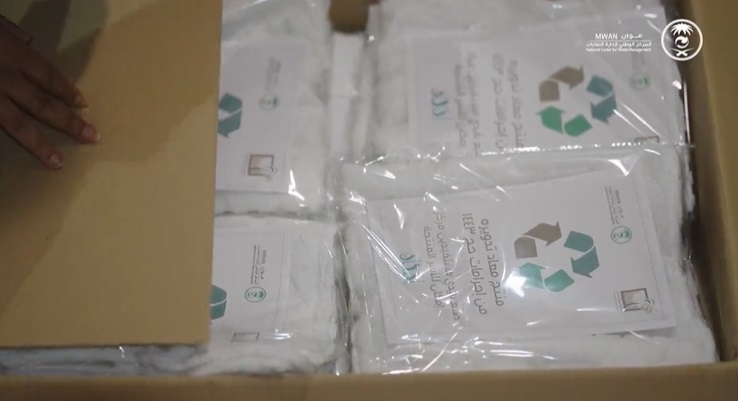
The ihram cloth recycling program also aims to raise awareness and strengthen positive behavior among pilgrims.
The 1443 Hijri hajj pilgrimage was performed by 899,353 people from all over the world, consisting of 486,458 males and 412,895 female pilgrims.
Thus, there are approximately 972,916 pieces of ihram cloths that were collected from the 2022 hajj season.
In addition to recycling ihram cloths, the National Waste Management Center also raises the awareness of the pilgrims about the importance of recycling wastes, in order to preserve and protect the environment in a sustainable manner from all causes of pollution.
Source: Saudi Gazette
Reporting by Indonesia Window








